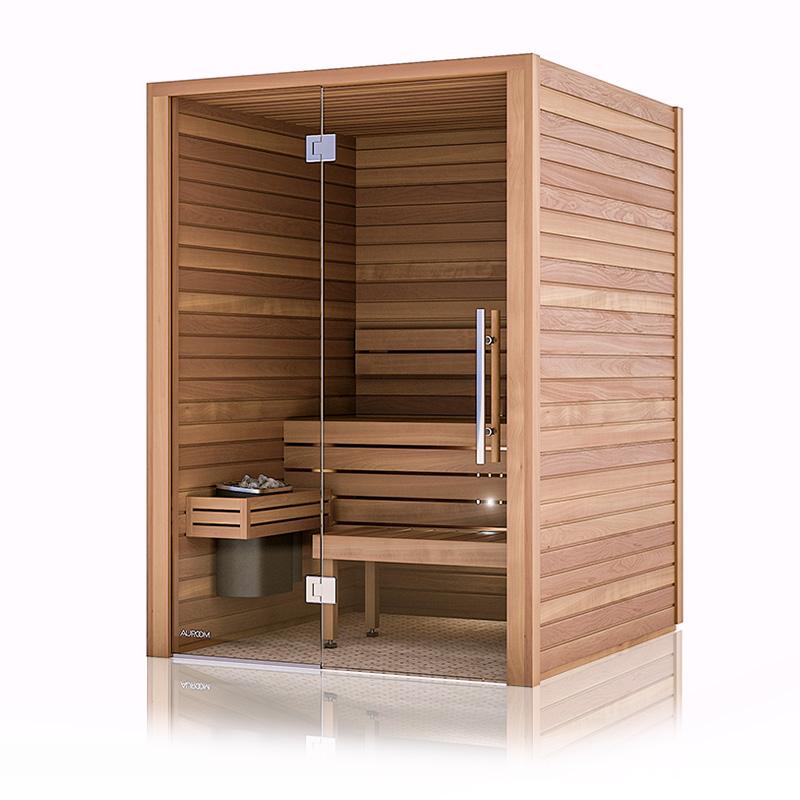Rumored Buzz on Traditional Sauna
Rumored Buzz on Traditional Sauna
Blog Article
Some Known Incorrect Statements About Traditional Sauna
Table of ContentsThe Basic Principles Of Traditional Sauna Traditional Sauna for BeginnersExamine This Report on Traditional SaunaSee This Report on Traditional Sauna
The majority of the weight shed in a sauna is water loss and is re-gained upon rehydrating. Nonetheless, undeniably sauna can be an integral part of a healthy and balanced weight management program. To look at the distinctions between traditional and IR saunas, I will certainly divide these right into verifiable, theoretical, and made distinctions.Therefore, the most popular point in the saunawhich goes to the ceiling directly over the sauna heateris generally in between 185 and 190 F. Traditional Sauna. Claims that a standard sauna exceeds 200 F is merely not true and not appropriate for electric saunas sold in the United States. The temperature level for a far-infrared sauna is usually established between 120 and 140 F; however, unlike the traditional sauna, the objective in and IR area is not to accomplish a heat
As a result of this, the temperature difference is virtually pointless, considering that profuse sweating causes both sauna types, but the approach of heating up the body is different. In an IR sauna the bather will really feel warm and will sweat profusely, however at a lot lower temperatures. Therefore, if the objective is to spend longer amount of times in the sauna, the IR sauna is a great choice.

Traditional Sauna Fundamentals Explained
When the high temperature level is achieved, the components cycle on and off to maintain the heat. Most typical sauna customers enjoy pouring water over the rocks to develop vapor to increase sauna moisture levels. The benefits of putting water over the rocks include: making the room a lot more comfy, dampening the nasal flows, and enabling the usage of aromatherapy by blending crucial oils with the water.
In a far-infrared sauna, the heat waves penetrate the body to effectively heat the body and elevate the body core temperature level. To accomplish this enhanced temperature, Far-infrared emitters produce infrared energy which is close to the same wavelength as that which the body normally emitsoften referred to as the "Important Range" of 7 to 14 microns), so the power is well gotten by the body.
When the energy goes into the body, it triggers the body temperature to boost and inevitably causes sweat. In an infrared sauna it is very important for the emitters/heaters to continue to be on nearly continuously. Since there is no mass of rocks to preserve warm, the sauna will certainly cool if the emitters shut off.
As pointed out above, the sauna bather in an infrared area wishes to position himself in front of running emitters to obtain optimal benefit from the heat. The heating time for the 2 spaces can be very various, depending on how the rooms are made use of. For a conventional sauna, a bather should allow 30-40 minutes for the area to attain a wanted temperature and to correctly pre-heat the rocks.
7 Easy Facts About Traditional Sauna Described
A well created sauna will typically attain a temperature of 150-160 F in regarding 30-40 mins (Traditional Sauna). For hotter temperatures, the area may require to heat for a our website longer period. Once the space accomplishes set temperature level, the heater will certainly cycle on and off, commonly operating concerning 50% of the time. The protected wall surfaces and the heated rocks will keep the room hot and at stable temperature levels.
To some, 15 minutes was "thrown away" while the infrared energy heated the timber panels rather than heating up a body, while others locate a pre-heated space to be extra comfy and think an elevated beginning temperature is essential to begin sweating. The size of recommended usage for each and every room is about the exact same (10-15 minutes per session); however, due to the lower air temperatures and the capability to really feel the impacts of infrared heat quicker than a standard sauna, it i was reading this is not uncommon for an individual to invest a total amount of 20-30 minutes in an infrared sauna.
Typical saunas tend to be bigger (for this reason use even more electrical energy) than infrared saunas, although traditional saunas are certainly readily available in one and two person sizes. For a two-person typical sauna, 5x6 or 5x7 size is most prominent. The leading bench can pleasantly seat two or 3 individuals and is likewise enough time to rest during the sauna session.


The typical expense per kWH of electrical power in the united state is roughly $0.11, so a 4.5 kW heating system will certainly set you back approximately $.50 to compete one hour, if the heater runs continually for one hour. Commonly a sauna heating system will compete 75% of the initial hour and 50% of subsequent hours on since the elements cycle once the established temperature is attained.
Traditional Sauna Things To Know Before You Get This
A two individual far-infrared space is usually literally smaller than a typical sauna, frequently concerning 4' x 4' or smaller sized. The IR heater is commonly 1.5-1.7 kW making use of a 120 volt 15 amp plug-in solution. Because the area can be used sooner than a sauna room, we will think the room is utilized for to of an hour consisting of warm up time.
There is a seldom talked about distinction in the social experience between the two areas. While our culture has lost some of the social advantage of the typical sauna experience, it can be very socially rewarding. From family members time in the sauna, to heart-felt discussions with better halves, to sauna partiesthe standard sauna experience can bring about intimate socializing.
Most greater end infrared spaces consist of colored light blog therapy, audio systems and full-glass fronts.
Report this page